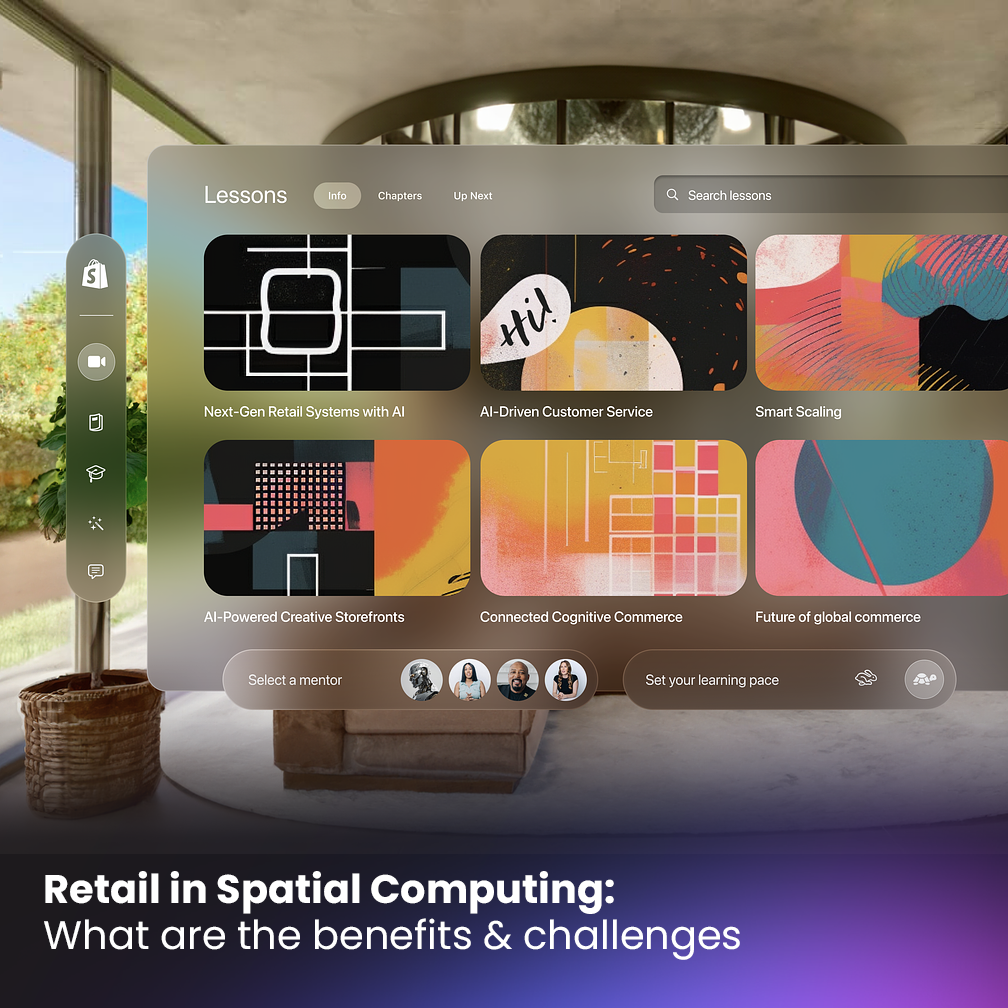
Estimated reading time: 8 minutes
As the world becomes increasingly digital, traditional marketing tactics are losing their efficacy. Today’s consumers are savvy and require more from brands than just a catchy slogan or an attractive billboard. Enter Web3 marketing – a new approach that leverages the power of blockchain technology and decentralized networks to connect with customers in a more meaningful way.
Web3, built upon the principles of decentralization, blockchain technology, and user empowerment, presents a new frontier for businesses to engage with their audiences in unprecedented ways.
This innovative approach enables marketers to build trust, increase transparency, and foster stronger relationships with their target audience.
In this article, we’ll explore how Web3 marketing works, why it matters, and how businesses can leverage it to gain a competitive edge in today’s fast-paced digital landscape.
What is Web3?

Web3, also known as the decentralized internet, represents the upcoming phase of internet technology that prioritizes artificial intelligence and machine learning.
Its core objective is to establish an internet ecosystem characterized by fairness and transparency, allowing unrestricted participation without compromising privacy and security concerns.
In numerous ways, Web3 embodies a reversion to the fundamental principles of the early web, where individuals can engage without the need for permission from a central authority.
Web3 focuses on these three main factors:
- Decentralization: In the realm of Web3, users enjoy the freedom to publish and access content on the internet without seeking authorization from a central entity. Moreover, Web3 operates on a trustless principle, eliminating the need for intermediaries or third parties to facilitate interactions.
- Privacy: In Web3, users possess complete independence when it comes to their personal data, retaining the authority to determine the manner and recipients with whom it is shared.
- Content ownership and monetization: in Web3 users wield greater control over the sharing of their personal data and content. As a result, advertisers and service providers are motivated to obtain user permission in order to access personal data. Additionally, content creators who generate traffic have the ability to claim a substantial portion of ad revenue.
What is Web3 Marketing?
Marketing has continually evolved alongside the evolution of the internet. The advent of Web 1.0 marked the introduction of “digital marketing” through web-ad banners on websites during the mid-1990s.
Subsequently, Web 2.0 ushered in the era of social media, prompting businesses and organizations to embrace digital marketing and advertising as a means to expand their market reach and connect with their target audiences effectively.
But Web 2.0 has its drawbacks, including a concentration of power in a few dominant corporations, the involvement of intermediaries, a lack of transparency, and the confinement of the internet to mere screens.
The transition to Web 3.0, however, offers marketers a promising environment to establish meaningful connections between brands and consumers.
By leveraging blockchain technology, Web 3.0 enhances data transparency, combats fraud, and eliminates the need for centralized data collection methods. In the Web 3.0 landscape, the focus shifts from pursuing views and fixing errors to delivering tailored messaging and experiences.
By Web3 marketing, marketers and advertisers can rebuild trust and reconnect with their audience in the Web3 era by granting users control and ownership over their data, while delivering tangible value to their users.
Key Web3 Marketing Strategies

We stand on the verge of an upcoming marketing revolution as the development of Web3 progresses at an accelerated pace. While certain elements of Web3 are already present, it is crucial that we prepare ourselves to embrace the wave when it fully materializes.
In what follows, we will list a number of top Web3 marketing strategies that businesses can employ in order to prepare their brand for the next wave of the internet.
1-Embrace the Power of Digital Tokens
When it comes to content creation in the realm of Web3 marketing, there are no established guidebooks or rulebooks, but there is a consensus that tokens will play a significant role.
Non-fungible tokens represent unique pieces of intellectual property residing on the blockchain, introducing the concept of digital scarcity.
For brands that have ventured into token creation, it has proven to serve various purposes, including:
- Amplifying brand awareness and expanding reach
- Offering novel and exclusive experiences
- Fostering heightened brand loyalty
While tokens possess inherent value linked to market demand, similar to fine art, utility tokens can provide immediate and tangible value to buyers by offering immediate access to specific privileges upon purchase.
2-Provide Immersive Virtual Experience
On Web3, the increasing attraction of spatial computing and the use of virtual reality (VR) and augmented reality (AR) stand out as a prominent topic of discussion.
Experts predict that spatial computing will serve as a focal point in the forthcoming stage of social networking evolution. In this case, brands must vigilantly monitor this trend to ensure their continued relevance.
Considering this, it is advisable to embark on the exploration of the Web3 marketing potential offered by spatial computing.
Here are some ways to generate awareness through spatial computing:
- Buy virtual domains: Brands can initiate their spatial computing journey by procuring virtual domains in spatial computing and constructing 3D properties. Brands can invest in Teleport Plaque Addresses to create their virtual presence in spatial computing.
- Host spatial computing events: Brands can boost awareness by organizing virtual events within the spatial computing.
- Launch spatial computing tokens: Brands have the opportunity to create 3D-based models of their products and release them as tokens in spatial computing. For instance, a shoe brand can design virtual shoes that users can utilize to accessorize their avatars within spatial computing.
3-Focus on Building a community
In the realm of Web3, users possess ownership of their personal data and content. They take over the role of data custodians on the decentralized internet, replacing traditional service providers.
Consequently, in the age of Web3 marketing, brands must go the extra mile to cultivate a trust-centric relationship with users, aiming to attract engagement and gain access to users’ personal data.
One effective approach is to foster a community-driven business model that instills a sense of belonging among users.
When building communities, the pivotal consideration lies in identifying what value your brand can offer its users. The objective is to become the cohesive force that connects individuals who share common interests and values.
Brands can achieve this by providing a platform that encourages conversations and content that resonates with their target audience. For example, a decentralized alternative to social media platforms like Twitter and Facebook should prioritize discussions and content that align with the viewpoints of an audience that values unrestricted expression and opposes censorship.
4-Partner with Web3 Startups
In order to maintain a competitive edge in the web3 arena, B2B brands have the opportunity to establish partnerships with forward-thinking Web3 startups that are at the forefront of pushing the limits of decentralized technologies.
Through these collaborations, brands can leverage the expertise of these startups, while also gaining access to novel marketing channels and web3 marketing strategies. By joining forces with such innovative entities, B2B brands can position themselves strategically in the evolving web3 landscape.
One of the Web3 and spatial computing startups that offer attractive partnership options is the Stage Meta. You can view the website to find out more about it.
5-Follow Web3 Marketing Trends and Stay up-to-date
Staying up-to-date with the latest Web3 marketing trends is crucial for businesses aiming to thrive in the ever-evolving digital landscape.
As the decentralized internet continues to shape the future, it’s essential to keep up with emerging technologies, such as blockchain, tokens, and spatial computing.
Monitoring these trends allows businesses to adapt their marketing strategies, leverage new opportunities, and connect with their target audience in innovative ways.
By staying informed about the evolving Web3 marketing landscape, businesses can position themselves at the forefront of industry advancements and gain a competitive edge in an increasingly decentralized and user-centric digital world.
Web3 is Forming the Future of Marketing

What impact will the Web3 wave have on your business?
- The decentralized nature of Web3 would drive businesses to prioritize user-centric approaches and foster transparency.
- Users would gain autonomy over their data and privacy.
- Business owners would need to embrace Web3 and blockchain technologies and implement them in their marketing strategy.
Inevitably, a new kind of marketing emerges alongside a new era of the internet. The decentralization and privatization of data pose genuine challenges for marketers, but they also unlock a myriad of opportunities for those engaged in Web3 marketing to establish a robust brand presence within the Internet of the future.
Web3 marketing presents advertisers and marketers with a remarkable opportunity to return to the core principles of direct user engagement while delivering genuine value and immersive experiences.
As we embark on the Web 3.0 journey, we can anticipate a complete transformation of our online interactions and business practices.
It is undeniable that there are existing flaws in the current adoption of various Web3 features. However, there is also a prevailing sense of optimism that the shortcomings of Web2 can be addressed through the next phase of the internet, making it worthwhile to closely observe, even if it introduces its own set of challenges along the way.








